In Dynamic Braking, a braking resistor Rb is connected across the armature as soon as the DC motor is disconnected from the supply mains. The motor now works as a generator, producing the braking torque.
For the braking operation in Dynamic Braking, the motor is connected in two ways.
Firstly the separately excited or shunt motor can be connected either as a separately excited generator, where the flux is kept constant. The second way is that it can be connected to a self-excited shunt generator, with the field winding in parallel with the armature. The connection diagram of Dynamic Braking of separately excited DC motor is shown below:
When the machine works in the motoring mode.
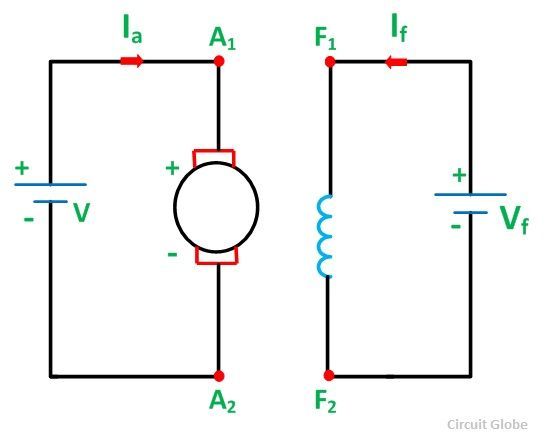 The connection diagram is shown below when braking with separate excitation is done.
The connection diagram is shown below when braking with separate excitation is done.
 The connection diagram is shown below when braking with self-excitation is performed.
The connection diagram is shown below when braking with self-excitation is performed.
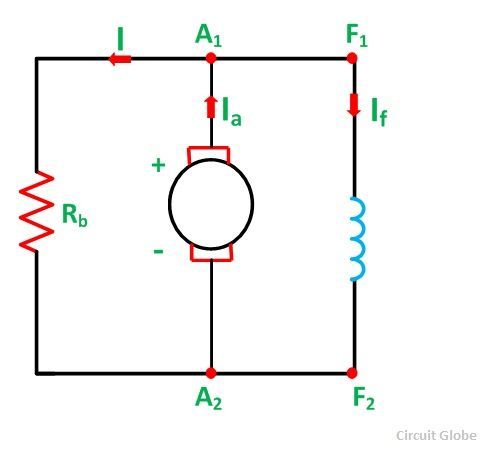 This method is also known as Rheostatic Braking because an external braking resistance Rb is connected across the armature terminals for electric braking. During electric braking, the kinetic energy stored in the rotating parts of the machine and the connected load is converted into electric energy, when the motor is working as a generator. The energy is dissipated as heat in the braking resistance Rb and armature circuit resistance Ra.
This method is also known as Rheostatic Braking because an external braking resistance Rb is connected across the armature terminals for electric braking. During electric braking, the kinetic energy stored in the rotating parts of the machine and the connected load is converted into electric energy, when the motor is working as a generator. The energy is dissipated as heat in the braking resistance Rb and armature circuit resistance Ra.
The connection diagram of the Dynamic Braking of DC Shunt Motor is shown below:
When the machine is working in the motoring mode.
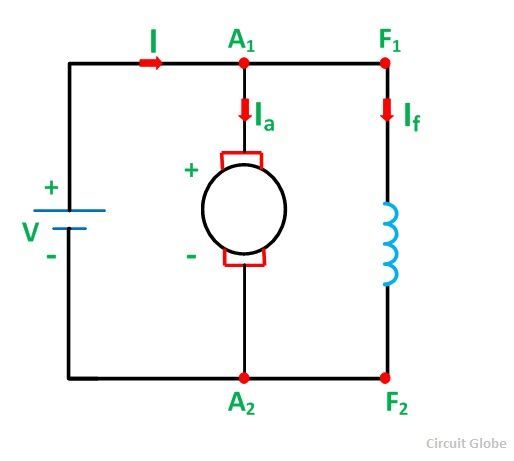 The connection diagram of shunt motor braking with self and separate excitation is shown in the figure below:
The connection diagram of shunt motor braking with self and separate excitation is shown in the figure below:
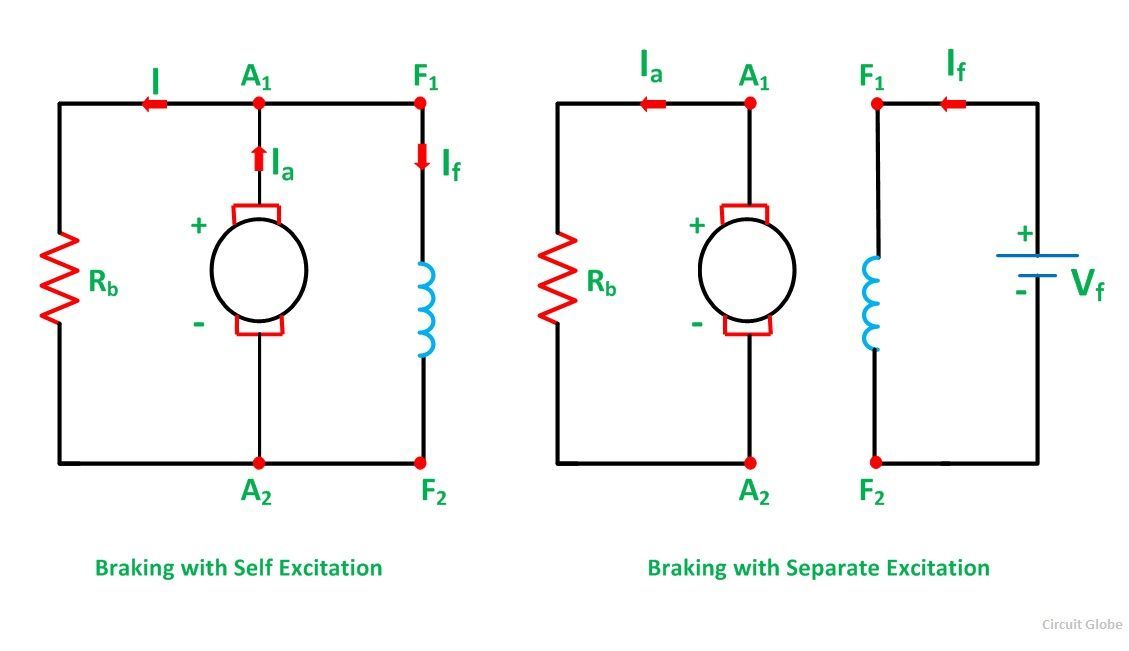 For Dynamic Braking, the series motor is disconnected from the supply. A variable resistance Rb as shown in the figure below is connected in series, and the connections of the field windings are reversed.
For Dynamic Braking, the series motor is disconnected from the supply. A variable resistance Rb as shown in the figure below is connected in series, and the connections of the field windings are reversed.
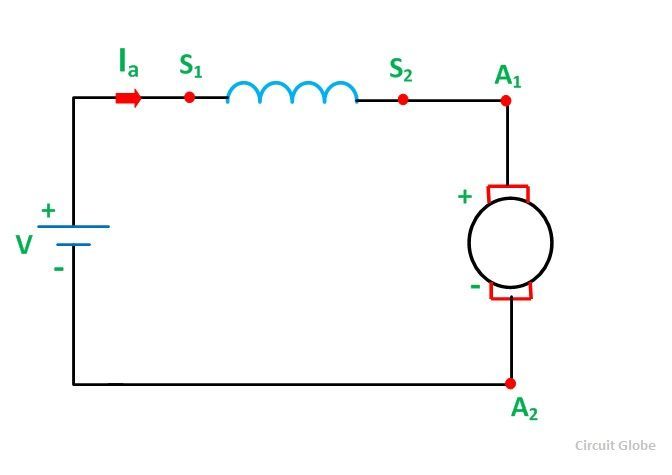
Also,
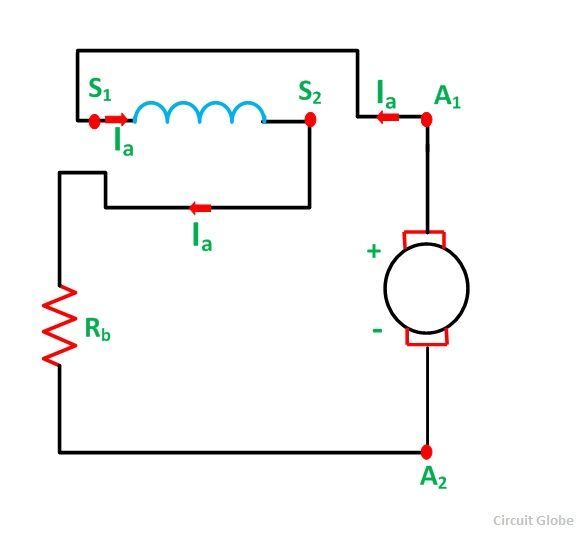
The field connections are reversed so that the current through the field winding flows in the same direction as before i.e. from S1 to S2 so that the back EMF produces the residual flux. The machine now starts working as a self-excited series generator.
In self-excitation, the braking operation is slow. Hence, when quick braking is required, the machine is connected in self-excitation mode. A suitable resistance is connected in series with the field to limit the current to a safe value.
The Dynamic or Rheostatic Braking is an insufficient method of braking because all the energy which is generated is dissipated in the form of heat in the resistance.

Hi, was just curious as a larger resistor is used in dynamic breaking does that mean the quicker the generator brakes.
Thanks